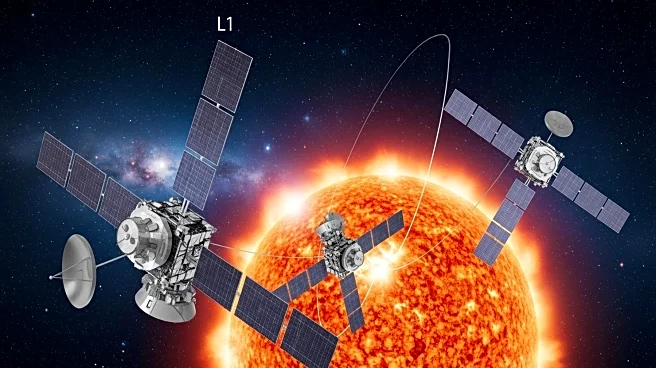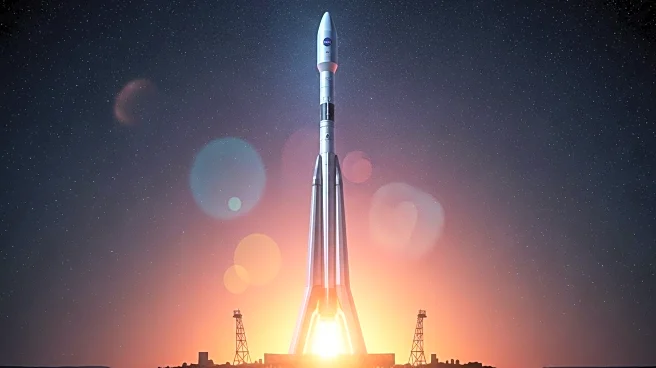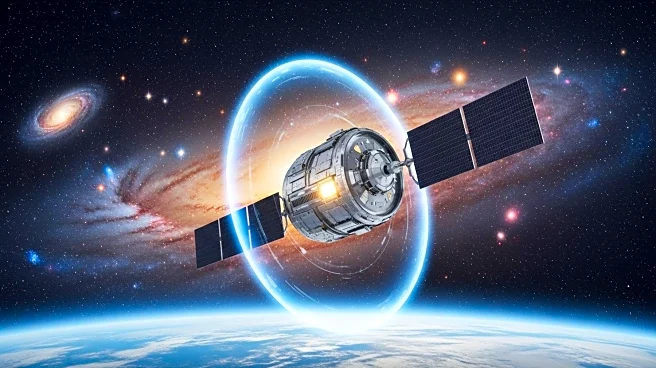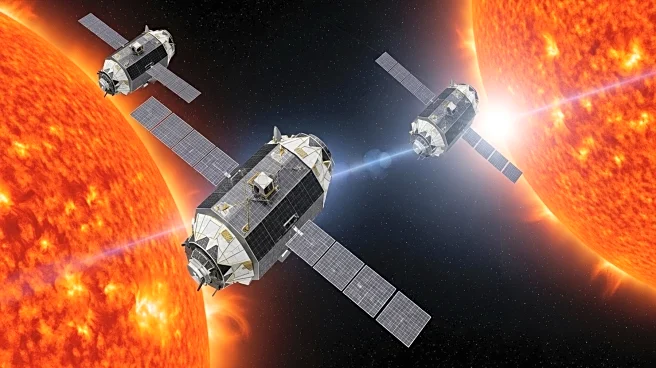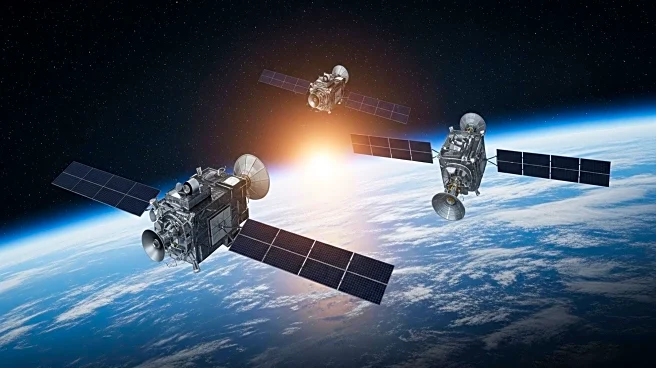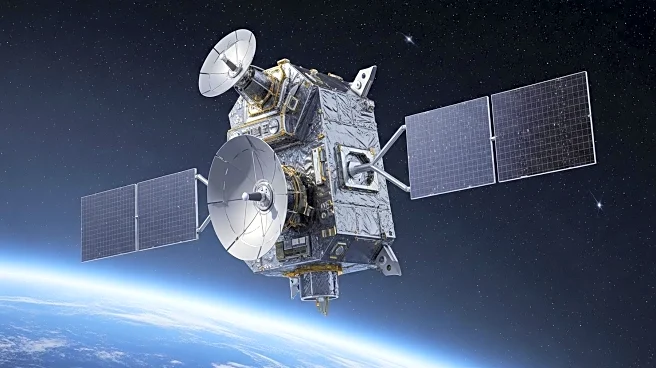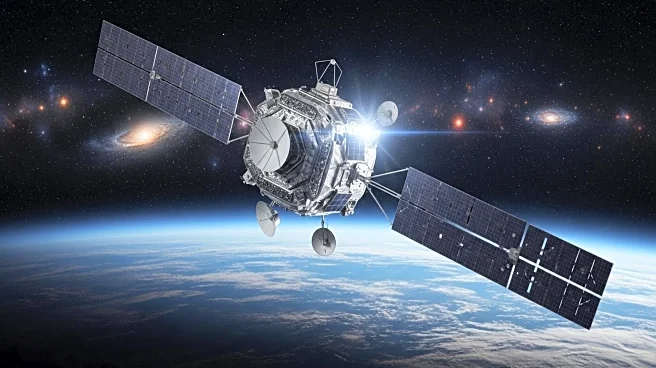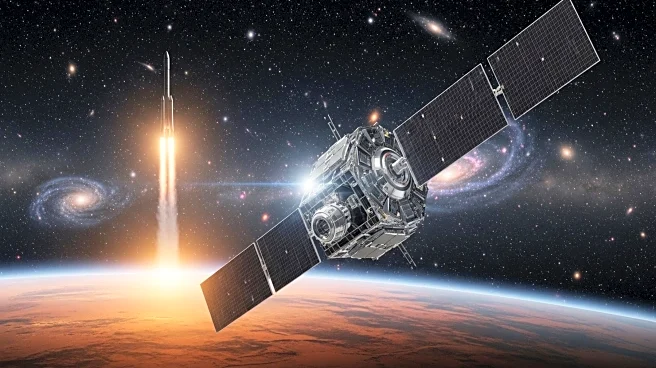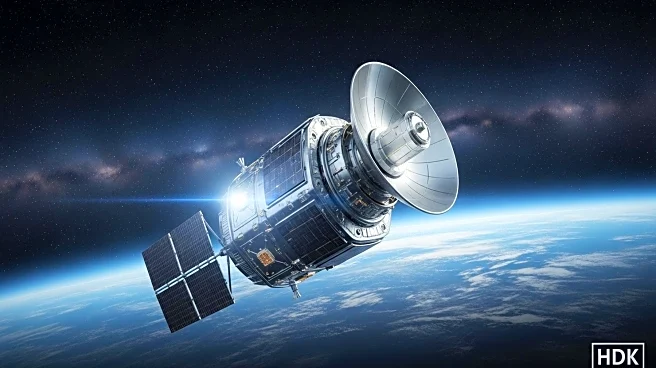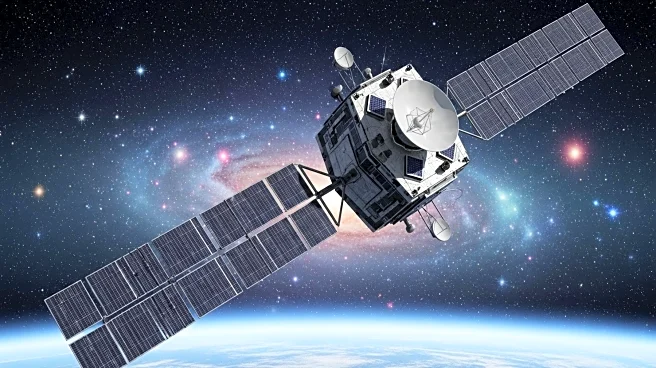What's Happening?
NASA's Interstellar Mapping and Acceleration Probe (IMAP) has completed its flight readiness review, marking a significant milestone in its journey to study space weather phenomena. The spacecraft, along with two rideshares, was transported to a SpaceX hangar at Kennedy Space Center in preparation for launch aboard a Falcon 9 rocket. Scheduled for September 23, the mission aims to map the heliosphere and investigate solar particle acceleration. The IMAP mission, led by Princeton University's David McComas, involves collaboration with 27 international partner institutions and is part of NASA's Solar Terrestrial Probes program.
Why It's Important?
The IMAP mission is crucial for advancing our understanding of space weather, which can impact satellite operations, communication systems, and power grids on Earth. By studying the heliosphere and solar particles, IMAP will provide valuable data to improve space weather forecasting and protect critical infrastructure. The mission also supports NASA's broader goals of exploring deeper into space, including future missions to the Moon and Mars under the Artemis campaign. The successful readiness review ensures that IMAP is on track to contribute to these scientific and exploratory objectives.
What's Next?
Following the successful flight readiness review, the IMAP mission is set to launch on September 23. Once in orbit, the spacecraft will begin its scientific observations, providing real-time data on space weather conditions. The mission's findings will enhance tools for space weather prediction, benefiting both astronauts on future missions and Earth-based technologies vulnerable to space weather events. NASA will provide live coverage of the launch, offering the public an opportunity to witness this important step in space exploration.

